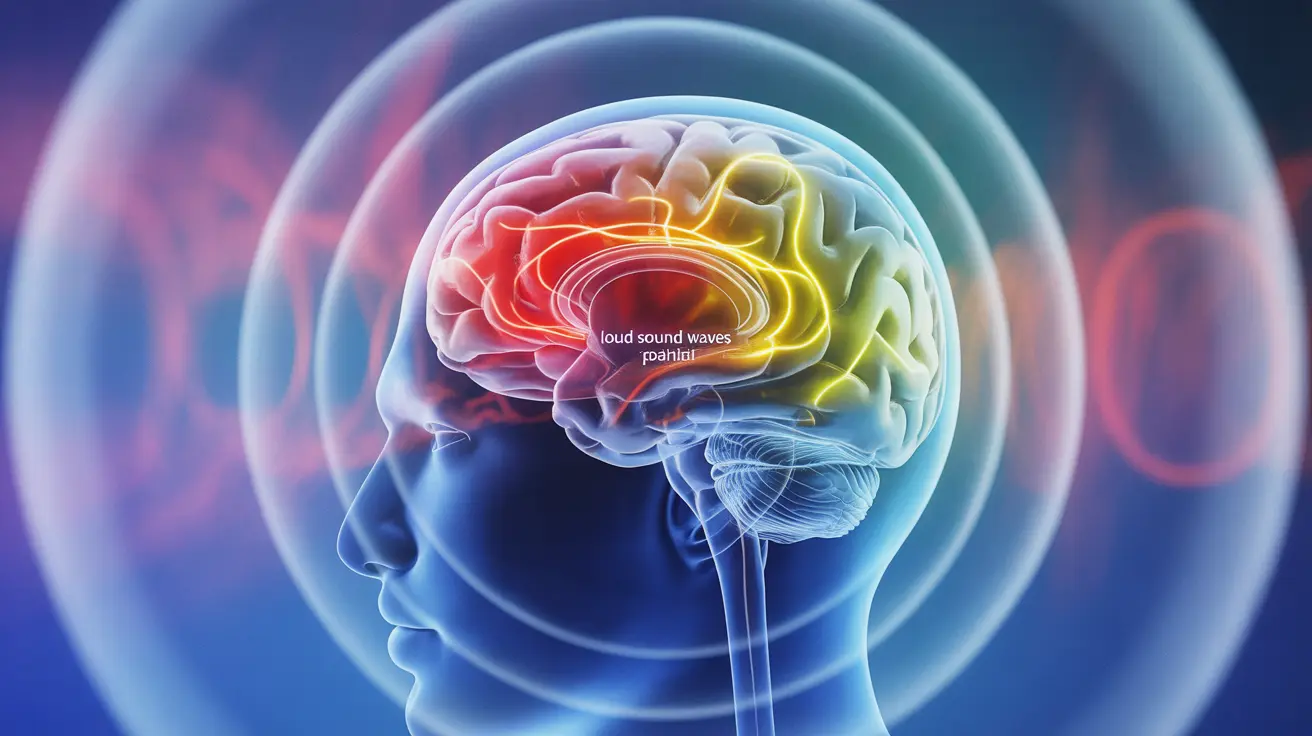Living with dysautonomia can be challenging, but various treatment approaches can help manage symptoms and improve quality of life. This comprehensive guide explores the most effective treatments, from lifestyle modifications to medical interventions, helping you understand your options for managing this complex autonomic nervous system disorder.
Understanding and implementing the right combination of treatments is crucial, as dysautonomia affects each person differently. Let's explore the various treatment options available and how they can be tailored to individual needs.
Lifestyle Modifications for Symptom Management
Making strategic lifestyle changes is often the first line of defense in managing dysautonomia symptoms. These modifications can significantly impact daily functioning and overall well-being.
Hydration and Dietary Changes
Maintaining proper hydration is crucial for dysautonomia management. Experts recommend drinking 2-3 liters of water daily, with additional electrolyte supplementation as needed. Increasing salt intake, under medical supervision, can help maintain blood volume and blood pressure stability.
Sleep and Stress Management
Establishing consistent sleep patterns and implementing stress reduction techniques can help regulate autonomic function. Practices such as meditation, deep breathing exercises, and maintaining a regular sleep schedule are particularly beneficial.
Medical Interventions and Medications
Various medications can help address specific dysautonomia symptoms and improve daily functioning. These treatments are typically prescribed based on individual symptoms and responses.
Common Medications
- Fludrocortisone for blood volume expansion
- Beta-blockers for heart rate regulation
- Midodrine for blood pressure support
- SSRIs for managing associated anxiety and depression
Physical Therapy and Exercise Protocols
Structured physical activity plays a vital role in managing dysautonomia, though it must be approached carefully and systematically.
Graduated Exercise Programs
A carefully planned exercise program, starting with recumbent exercises and gradually progressing to upright activities, can help improve autonomic function and overall conditioning. Working with a physical therapist experienced in dysautonomia is crucial for developing an appropriate exercise plan.
Compression Therapy and Mechanical Support
Compression garments can provide significant symptom relief by promoting better blood flow and reducing blood pooling in the lower extremities.
Types of Compression Support
- Waist-high compression stockings
- Abdominal binders
- Full-body compression garments
- Compression sleeves for arms when needed
Diagnostic Testing and Treatment Monitoring
Regular monitoring and testing help healthcare providers adjust treatments and track progress over time. Tilt table testing is particularly important for both diagnosis and treatment evaluation.
Frequently Asked Questions
What lifestyle changes can help manage symptoms of dysautonomia?
Key lifestyle changes include increasing fluid and salt intake, maintaining regular sleep patterns, practicing stress management techniques, and making dietary modifications. These changes should be implemented gradually and under medical supervision.
Which medications are commonly prescribed to treat dysautonomia symptoms like low blood pressure and heart rate irregularities?
Common medications include fludrocortisone for blood volume expansion, beta-blockers for heart rate control, midodrine for blood pressure support, and SSRIs for associated symptoms. The specific medication regimen depends on individual symptoms and responses.
How does physical therapy and exercise benefit patients with dysautonomia?
Physical therapy and structured exercise programs help improve cardiovascular conditioning, reduce deconditioning, and enhance autonomic function. These programs typically start with recumbent exercises and gradually progress to more challenging activities as tolerance improves.
What role do compression garments and increased salt intake play in dysautonomia treatment?
Compression garments help prevent blood pooling in the lower extremities and improve blood flow, while increased salt intake helps maintain blood volume and blood pressure. Both interventions can significantly reduce symptoms like dizziness and fatigue.
How is tilt table testing used to diagnose and guide treatment for different types of dysautonomia?
Tilt table testing evaluates how blood pressure and heart rate respond to changes in position. This helps diagnose specific types of dysautonomia and guides treatment decisions by showing how the autonomic nervous system responds to positional changes.




